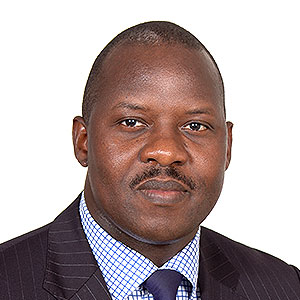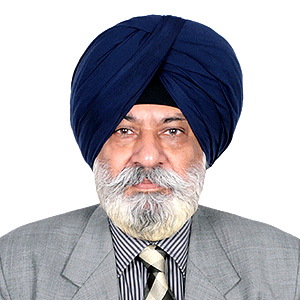Question 4: How do participatory approaches reach beyond the impact of limited projects to become a trigger for necessary institutional changes and planning approaches that will, at scale, transform a billion lives?
Please share your ideas and/or examples below.






 city of barrios.pdf
city of barrios.pdf
Dear Dialogue Participants.
Thanks to you all for your comments and contributions to this dialogue question. I am sure if we had more time, we could discuss this in further detail however we must wrap up. I would like to note some of the key issues identified.
-Lack of recognition of slum dwellers, especially by various levels of government who often adopt only a negative view of slums and the people living there.
-Many professionals are perhaps lacking in certain skills and knowledge to impliment a more inclusive approach to improving the lives of slum dwellers.
-The impact of slum life on the different groups living there remains limited. Many experiences are defined by gender, disability, age and ethnicity and these should be understood to inform upgrading and prevention approaches.
Some of the very useful recommendatiions on a way forward included:
-All stakeholders but especially governments have to recognize people living in slums and see their positive dimensions. There is a lot of effort and energy to be harnessed and supported.
–Participatory and community-led organization that work across whole countries and regions can have more weight and wider impacts on legislation and policy decisions. This is particuilalry so if they join together to achieve improvements to the lives of slum dwellers.
-the important role micro-financing can play in promoting local change for slum dwellers.
-the role of Political as a backdrop to actions, inclusive processes and procedures. This includes the acceptance of civil society and other such local implementing agents.
-Recognition that slums contain many positive features around mixed use etc that should be preserved whilst at the same time addressing the very serious deprivations occuring there.
-Recognise the energy efficiency that is operating in slums as people re-use and recycle.
-Recognise the sigificant role that women play in involve women as heads of households and through the very dynamic informal economy activities that they are involved with. These roles and skills should be harnessed both in the slum upgrading process and for the prevention of new slums.
– Explore the role that professionals can play to share their skills and knowledge to a broader stakeholder group as part of skill sharing.
Once again, thank you all for your efforts. They are appreciated and lets keep the discussions and engagements happening again in other forums.